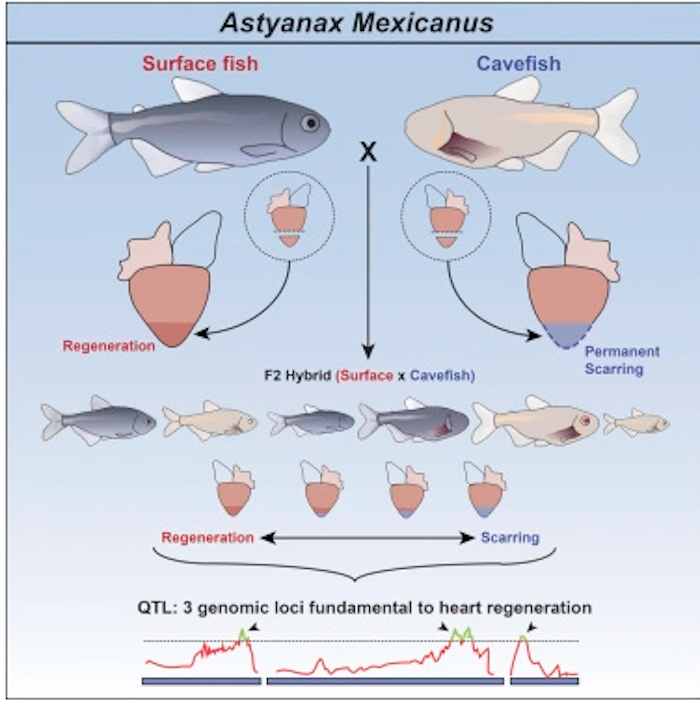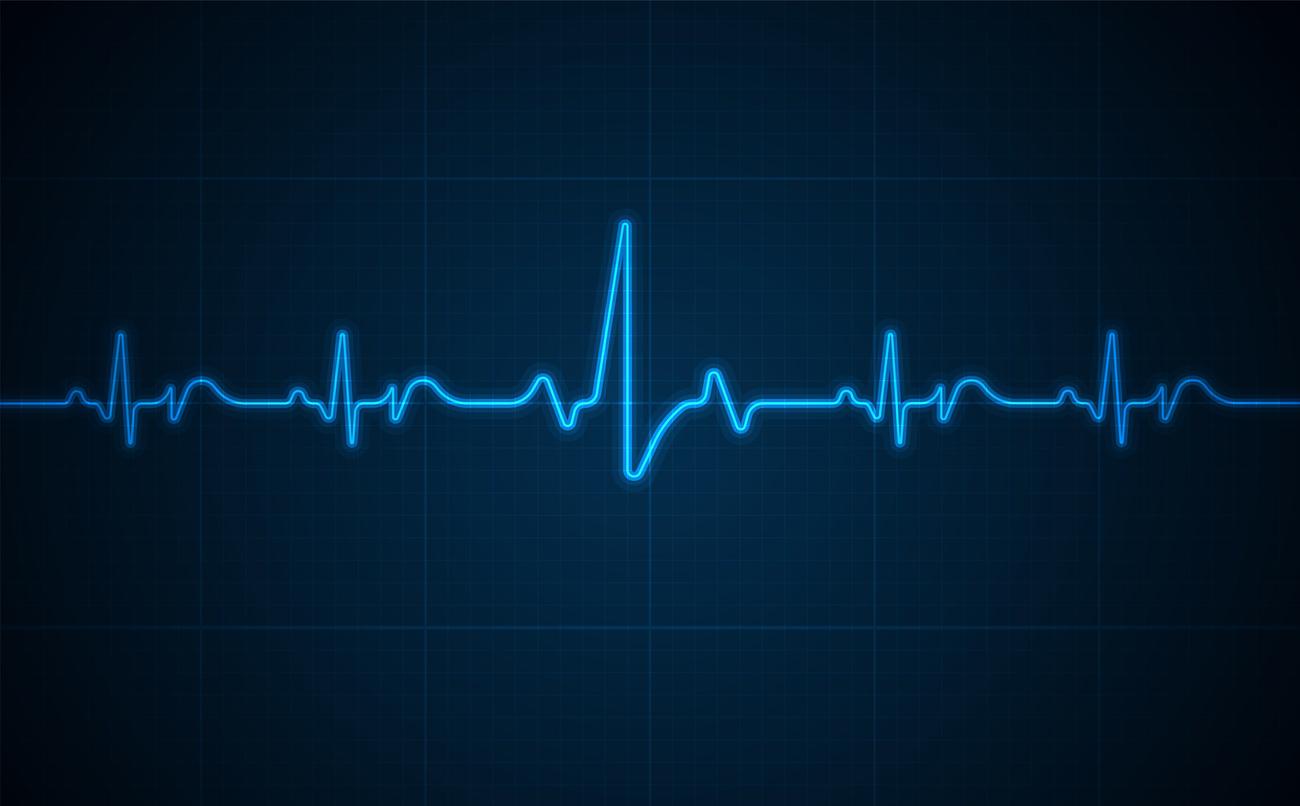Some freshwater fish are said to have the ability to regenerate their own heart tissue. Scientists have even managed to identify the genes behind this mechanism.

This could change the lives of millions of people with heart problems. As revealed by a British study published on November 20 in the newspaper Cell Reportsscientists have discovered how freshwater fish manage to regenerate their heart tissue.
To do this, Dr. Mathilda Mommersteeg, associate professor at the University of Oxford and her team compared two subspecies of tetra fish. Astyanax mexicanus originally from Mexico. While the first, colorful and living in rivers, can repair its own heart, the second, commonly known as the “blind tetra”, has lost its colors, its sight and above all its ability to regenerate its heart tissue.
By observing the two species after a heart problem, the scientists noticed that the genes Irrc10 and caveolin had increased activity in the first species only. These two genes are therefore very important in the process of regeneration of damaged heart tissue, they concluded.

The role of the gene Irrc10 in heart trouble
In order to go further, the researchers then turned to zebrafish, also known for its ability to regenerate heart tissue. After blocking gene expression Irrc10 in this fish, the scientists observed that the latter had become unable to repair its cardiac injuries properly. Conclusion: Irrc10 is indeed responsible for the regeneration of heart tissue, notes the study. “This is just the beginning but we are very excited about these amazing fish and their potential to change the lives of people with heart problems,” enthused Dr Mommersteeg.
This study is not the first to highlight the role ofIrrc 10 in problems of the heart. In the past, research on mice had already shown that this gene was involved in a heart condition called dilated cardiomyopathy due to which the heart enlarges excessively and is no longer able to pump blood properly.
In the future, researchers hope to learn more about these mechanisms so they can treat humans prone to heart problems like cardiac arrest. This affliction most often occurring following the damage of cardiac tissues caused by a heart attack, thanks to these new discoveries, scientists would like, in the long term, to be able to do without heart transplants to cure the patients.
In France, 130 people die of cardiac arrest every day
“These remarkable findings show how much there is still to learn from the rich tapestry of the natural world,” said Metin Avkiran, associate medical director at the British Heart Foundation who funded the study. “We now need to determine if we can harness similar mechanisms to repair damaged human hearts,” he continues. And to conclude: “Survival rates following cardiac arrest have hardly changed in the last 20 years and the hope is worse than for most cancers. Discoveries are imperative in order to treat this abominable affliction”.
In France, cardiac arrest or sudden death kills 40,000 to 50,000 people a year, or around 130 a day, 1/3 of whom are under 55 years old. And if the survival rate is 20 to 40% in Anglo-Saxon and Scandinavian countries because citizens are massively trained in cardiac massage, in France it is only 2 to 3%, according to the association Tom Cardiac Massages. In order to change the situation, the latter therefore proposes to train the French population free of charge in External Cardiac Massage (ECM) and in the use of the defibrillator.

.
















